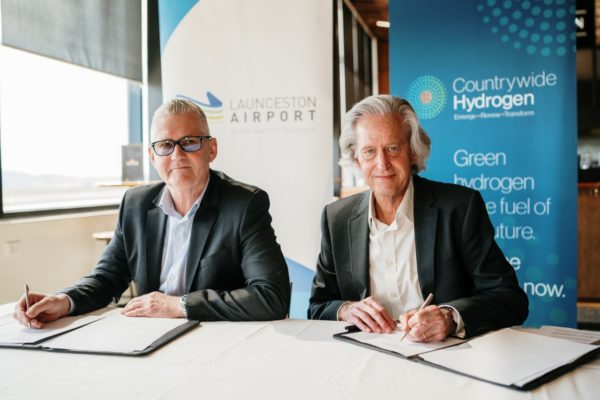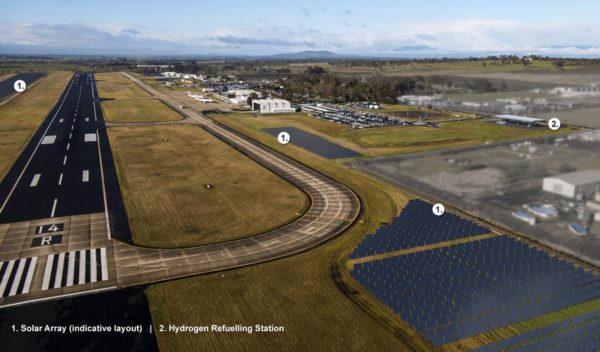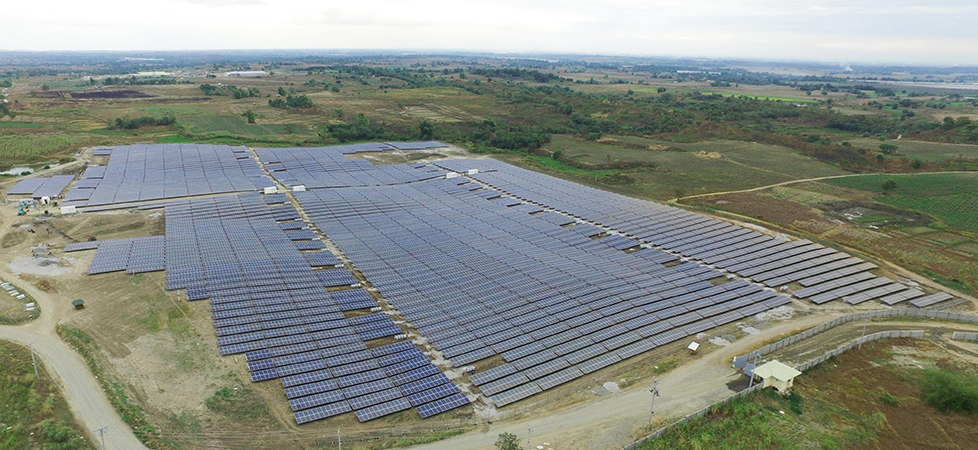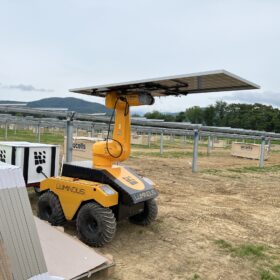Queensland-based ReNu Energy and its wholly owned subsidiary Countrywide Hydrogen have signed a memorandum of understanding (MoU) with Anantara Energy, a partnership between Singapore-based independent power producer Quantum Power Asia and German PV developer ib vogt, to investigate the feasibility of developing a large-scale green hydrogen production facility in Indonesia. The plan features a 10 MW electrolyser supported by at least 100 MW of solar.
Under the terms of the non-binding agreement Countrywide and Anantara will jointly study the feasibility of establishing a solar-powered green hydrogen production facility in Indonesia’s Riau archipelago, south of Singapore.
Anantara Director Simon Bell said he expects green hydrogen and ammonia produced from renewable energy will play a key role in a future net-zero economy for Indonesia and the region more broadly. This is in addition to the demand he believes will emerge from Europe as a key export market for Indonesia.
“We have agreed to collaborate with Countrywide Hydrogen to jointly conduct and fund a concept study and a detailed techno-commercial feasibility study for the set up of a green hydrogen production facility, and the viability of investing in the development of commercial arrangements for clean hydrogen in Indonesia,” he said.
The planned concept and feasibility studies will explore an initial 10 MW electrolyser capable of producing approximately 1,650 tonnes of green hydrogen per year. If supported by the feasibility study, Anantara will develop, fund, and operate at least 100 MW of solar to provide clean energy to the facility.

Image: ReNu
ReNu Executive Director and Countrywide Managing Director Geoffrey Drucker said it is expected the solar-powered facility would supply green hydrogen to offtakers in Indonesia. Once local demand is met, supply can then be directed for export to other countries in Asia and potentially Europe.
“Green hydrogen will play a major role in a future net-zero economy for Indonesia and Asia more broadly, creating emission-free power generation, transportation for mining, and industrial processes,” Drucker said. “We plan to meet the needs of a competitive market, and this production facility will continuously expand to reach a broader ASEAN market through an agreed energy export scheme.
Subject to a positive outcome of the studies, it is expected the financial close for the green hydrogen manufacturing facility could occur in 2024 with green hydrogen production to commence in 2025.
Anantara has already committed to invest up to almost $9 billion (USD 6 billion) to develop a 3.5 GW solar and storage facility in Riau. The joint venture has secured more than 600 hectares of land and is in the process of obtaining permitting rights as well as financing commitments for developing a 3.5 GW solar plant with up to 12 GWh of energy storage capacity.
The PV plant is expected to generate an estimated 4 TWh of clean energy annually for the purpose of providing baseload clean energy to the local population and industry. Anantara also intends to export clean energy to Singapore via an undersea cable.
The agreement with Anantara comes after Countrywide last week signed a term sheet with Australian superannuation fund HESTA for an investment of up to $100 million in the company’s green hydrogen projects and just hours after the company announced it would work with the operators of Launceston Airport in Tasmania to investigate the development of a multi-purpose green hydrogen project at the airport.

Image: Supplied
Countrywide will investigate the feasibility of installing approximately 20 MW of solar on vacant airport land to provide behind-the-meter electricity to power a 5 MW electrolyser to produce green hydrogen.
Drucker said the use of solar power in the production process would help minimise the cost of hydrogen production as well as the price of green hydrogen supplied to customers, making the emission-free fuel as competitive and attractive as possible.
“We are incredibly excited by the number of complementary hub opportunities this collaboration could afford northern Tasmania, including on-site hydrogen refuelling for bus and truck operators looking to decarbonise their vehicle fleet, while offering fuel cell vehicle servicing, maintenance and upskilling diesel mechanics and technicians,” he said.
Launceston Airport Chief Executive Shane O’Hare said if found feasible, the project would support the company’s ambitious emissions reductions targets.
“We have set a target of net-zero Scope 1 and 2 emissions by 2025, and this project could help us to achieve that through the provision of solar-powered electricity,” he said. “It could also support our vision to develop a logistics hub at Western Junction encompassing road, rail and air.”
Preliminary works to be investigated as part of the Launceston Airport feasibility study include concept design and financial modelling, land use and access, off-take arrangements and discussions with other potential stakeholders. Initial works are due to start before 2022’s end.
This content is protected by copyright and may not be reused. If you want to cooperate with us and would like to reuse some of our content, please contact: editors@pv-magazine.com.









By submitting this form you agree to pv magazine using your data for the purposes of publishing your comment.
Your personal data will only be disclosed or otherwise transmitted to third parties for the purposes of spam filtering or if this is necessary for technical maintenance of the website. Any other transfer to third parties will not take place unless this is justified on the basis of applicable data protection regulations or if pv magazine is legally obliged to do so.
You may revoke this consent at any time with effect for the future, in which case your personal data will be deleted immediately. Otherwise, your data will be deleted if pv magazine has processed your request or the purpose of data storage is fulfilled.
Further information on data privacy can be found in our Data Protection Policy.